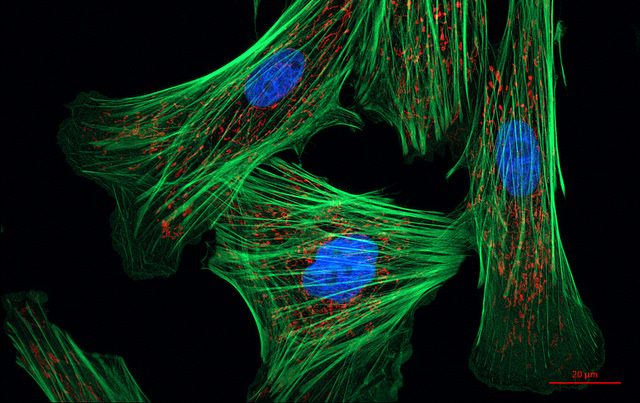Back in 2012, Shinya Yamanaka was awarded a Nobel Prize for his achievements in the advancement of stem cell biology 1. Yamanaka was able to identify a small number of genes, which, when activated, converted mouse skin cells into immature stem cells, marking a huge leap in regenerative medicine.
A large research collaboration has now discovered how to skip the stem cell step altogether, meaning that it is possible to convert one type of mature human cell into another, in a process known as trandifferentiation2. Although mature cells can be grown from stem cells, this is not problem-free. The process can be very lengthy, and resulting cells are often unstable and accumulate adverse mutations that can be cancerous. The new research will potentially enable the conversion of one cell type to another at a higher success rate.
The group produced an algorithm, Mogrify, which was able to predict the transcription factors required to convert between cell types. Transcription factors are proteins that can act as master regulators, changing the expression of large sets of genes all at once. By altering the activity of only a small number of transcription factors, the expression of up to 90% of genes in a cell can be changed. This kickstarts the cell’s transformation.
Mogrify was trained on a large variety of around 300 different cells and tissues to identify which transcription factors act differently between each type. The identified transcription factors were then ranked according to how many genes they controlled the expression of, and thus how important they were for defining a particular cell type.
Once the group had created their cellular reprogramming atlas, they tested it. Mogrify correctly predicted the transcription factors, previously identified experimentally, which needed to be targeted to convert different cells.
To empirically demonstrate the predictive capabilities of Mogrify, the group demonstrated two new human cell conversions. The first transdifferentiation was from fibroblasts to keratinocytes (the predominate cell type of the outer most layer of skin), and the second was from keratinocytes to vascular endothelial cells, which line the circulatory system. Mogrify predicted the best transcription factors to alter for the transformations, and in both cases was successful.
The Mogrify algorithm will act as an import resource to many researchers and hopefully pave the way to routine cell manipulation. Ultimately, this should allow for the quick translation of breakthroughs in research into the clinic.
Edited by Debbie Nicol

